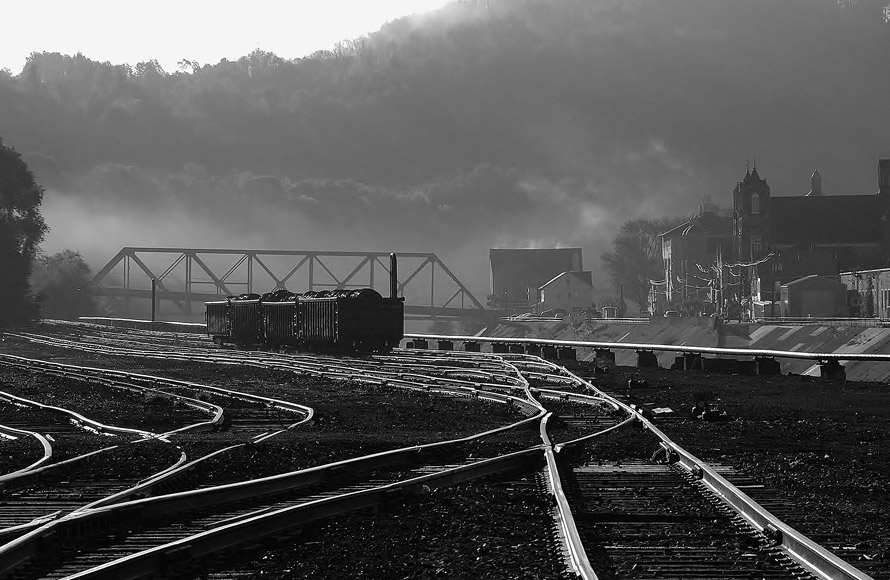The Scene in 1984
Among my nearly annual visits to the Canadian West, 1984 was a momentous year . At Portage la Prairie, Manitoba, I spent time trackside observing and photographing the many Canadian National (CN) and Canadian Pacific (CP) freight trains, as well as VIA Rail passenger trains that emanated from the provincial capital of Winnipeg, fifty-five miles to the east. At Portage, more lines (subdivisions) spread out. During that June visit, my genial hosts (aunt and uncle!) let me use their Toyota to visit many nearby Manitoba towns.
While the Western Canadian grain industry was contracting—undergoing major changes—I realized that the handwriting was on the wall for Canada’s wooden “country” elevators. Consequently, I made the effort to photograph them. While doing so, I noticed myriad trackside details that completed the Manitoba trackside scene. Read more
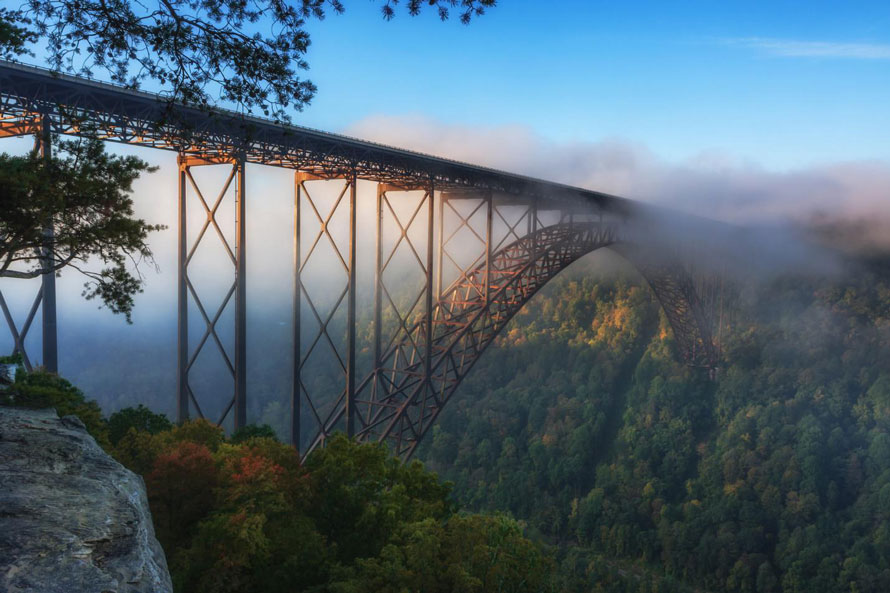
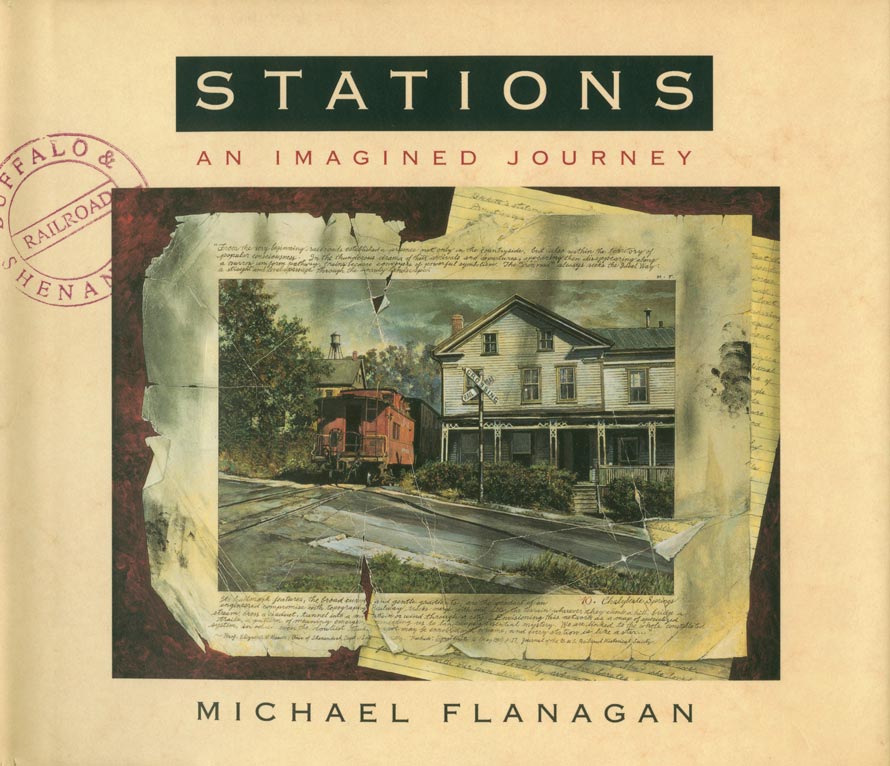
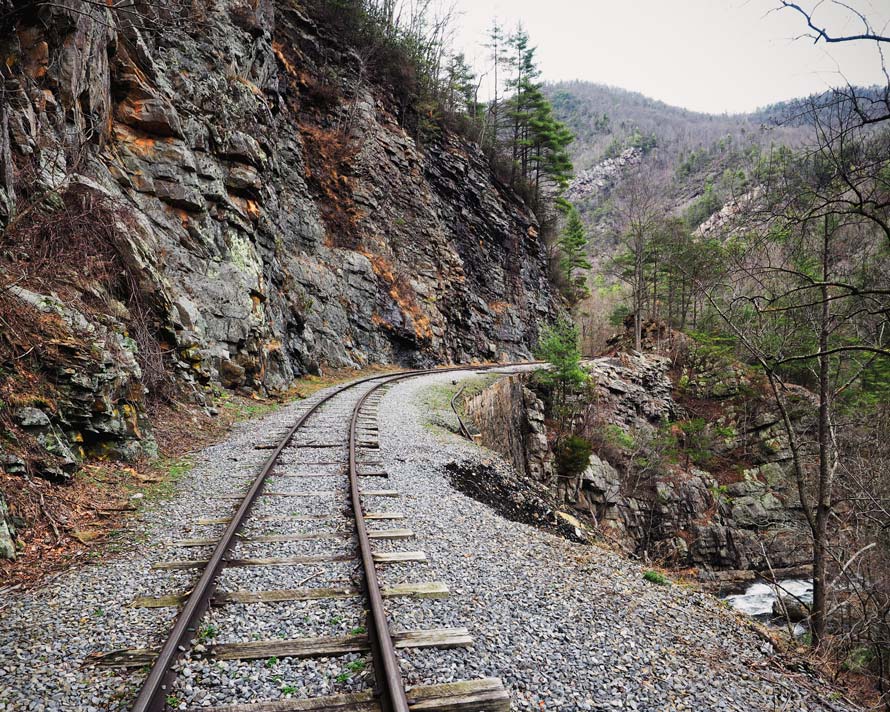
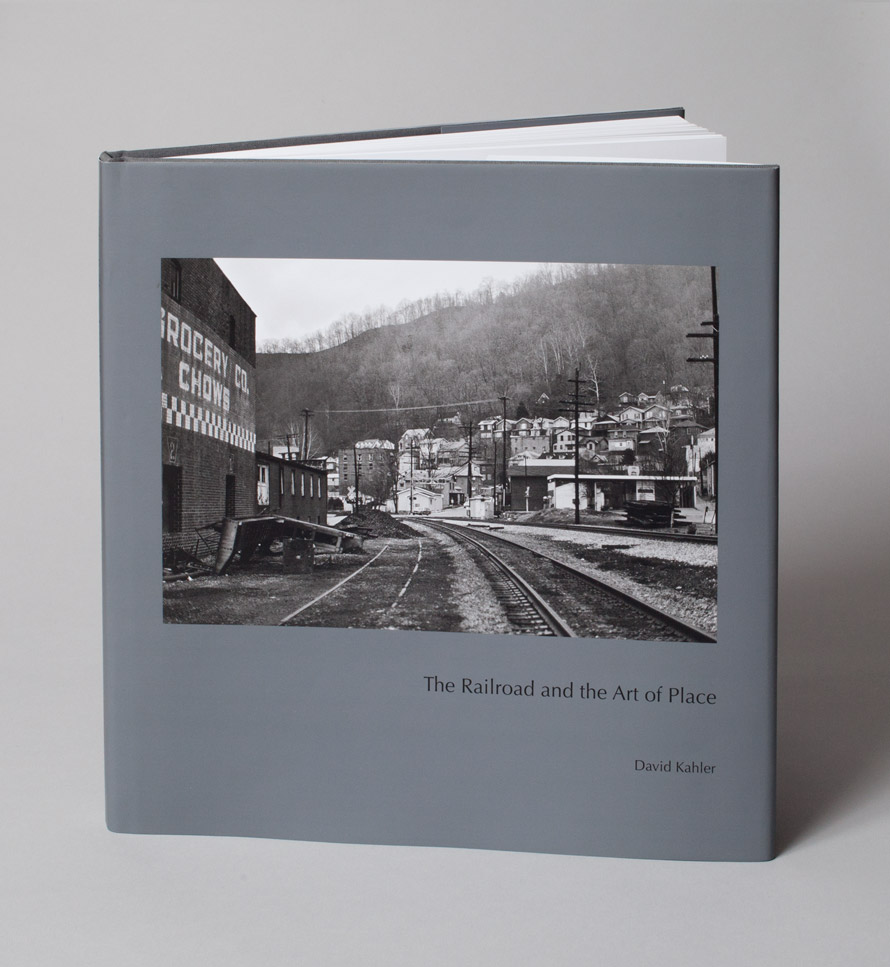
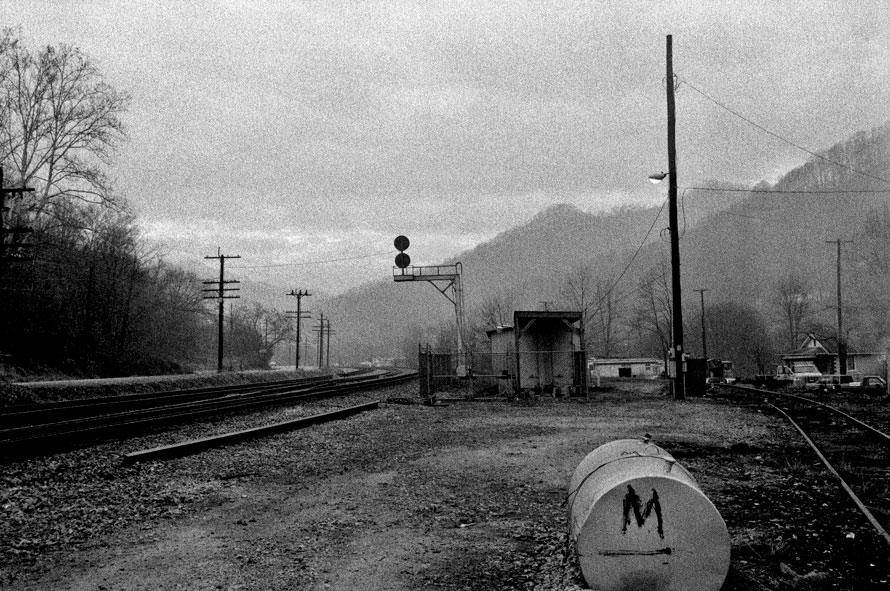 Jeff Brouws, in his essay which appears in the book (and is reprinted below), discusses Kahler's work in relation to the depression era work of the Farm Security Administration photographers, particularly Marion Post Wolcott, as well as the photographers of the more recent New Topographics movement. With its focus on the visual and cultural landscape shaped by the railroad, The Railroad and the Art of Place holds a unique place in the context of railroad photography, and indeed, transcends the genre.
With a broad appeal not only to railfans, but to anyone who loves great photography, this book will find a place in the library of railfans, artists, photographers and historians alike.
David has been generous to share his work on The Trackside Photographer in the past, and we are pleased to recommend his new book to our readers.
Jeff Brouws, in his essay which appears in the book (and is reprinted below), discusses Kahler's work in relation to the depression era work of the Farm Security Administration photographers, particularly Marion Post Wolcott, as well as the photographers of the more recent New Topographics movement. With its focus on the visual and cultural landscape shaped by the railroad, The Railroad and the Art of Place holds a unique place in the context of railroad photography, and indeed, transcends the genre.
With a broad appeal not only to railfans, but to anyone who loves great photography, this book will find a place in the library of railfans, artists, photographers and historians alike.
David has been generous to share his work on The Trackside Photographer in the past, and we are pleased to recommend his new book to our readers.